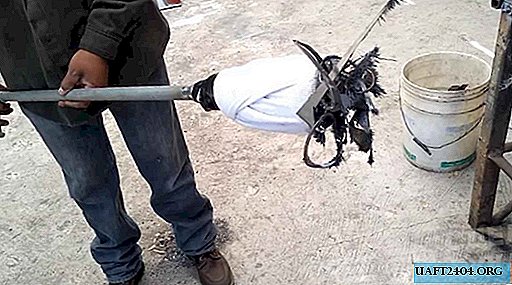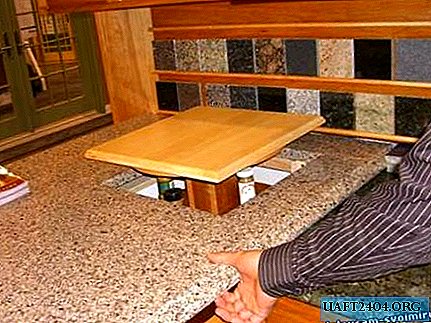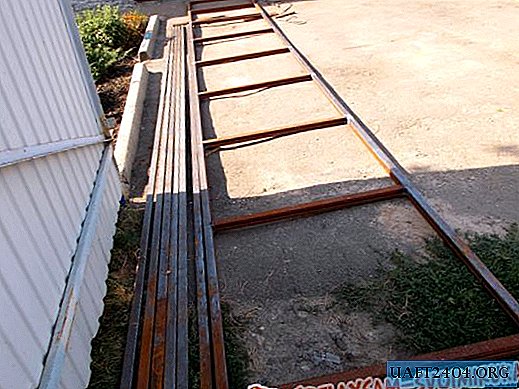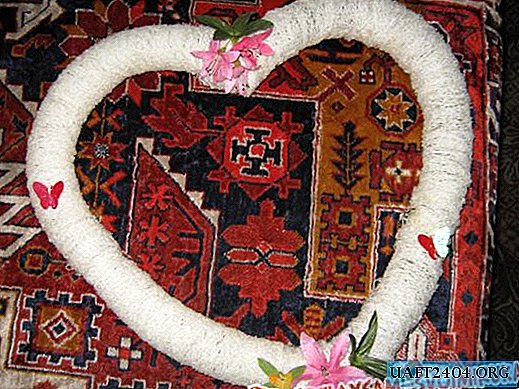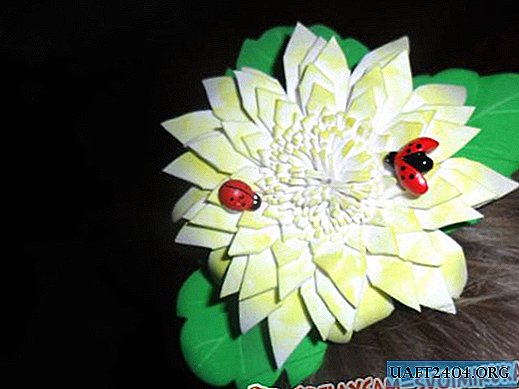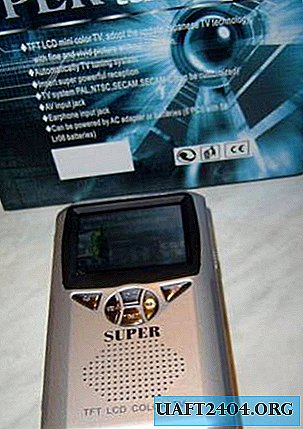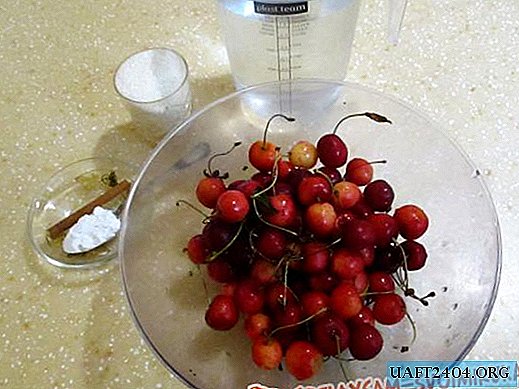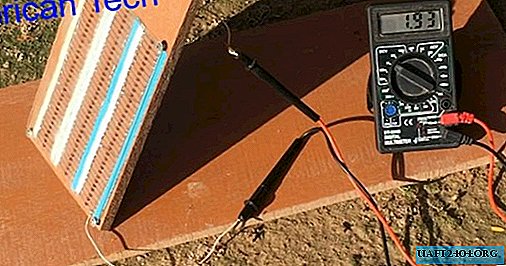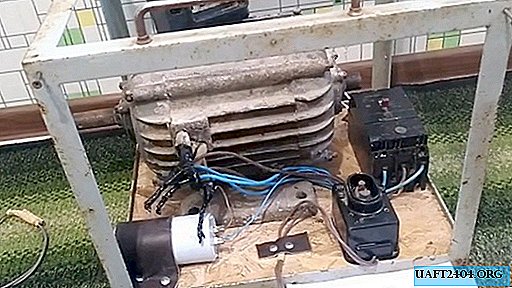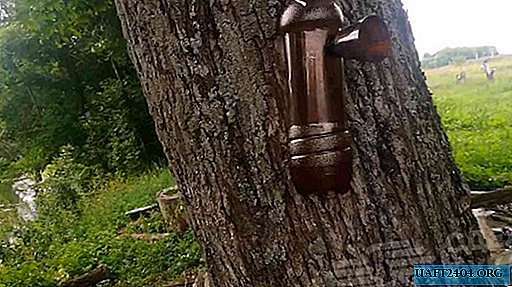
Wasps in the suburban area - that is another misfortune. Instead of calmly harvesting yourself, you have to brush off and dodge these annoying insects. And sometimes they can sting.
If these "uninvited guests" who annoy you with their presence fly to your site every day, then you need to act radically.
A simple trap will help reduce the number of wasps. You can make it from plastic bottles.

Moreover, there are two options for traps for wasps. Whichever you like best, use one. Plastic bottles can be used in any volume.
The main stages of work
The first version of the wasp trap is the easiest. Cut off the top of the bottle with a neck. Then insert it into the bottom.


First you need to unscrew the cover. On the sides we make holes into which we pass the rope.

It is needed so that the trap can be suspended in the right place. The disadvantage of this design is that it needs to be placed only in places protected from rain.
The second variant of the trap is more successful, but two bottles are required. However, the material is not scarce, so finding it will not be any problem.

From one bottle we need only a part of the neck, and in the second we need to make a hole under it. After that, insert the neck into the bottle, and the trap is ready.


Now the only thing left is to prepare the “stuffing”. To do this, put a couple of tablespoons of sugar in a mug with water, and mix well.

Moreover, it is advisable to use warm water so that the sugar dissolves in it and does not precipitate. Then we pour this liquid bait into traps.

Wasps love sweets, so they are unlikely to resist the temptation and fly by.
Whereas bees usually do not fall into such traps. They, unlike wasps, are constantly working - there is no time for them to turn their nose around.
For details on how to make a simple trap for wasps with your own hands (from empty plastic bottles), see the video on the website.

